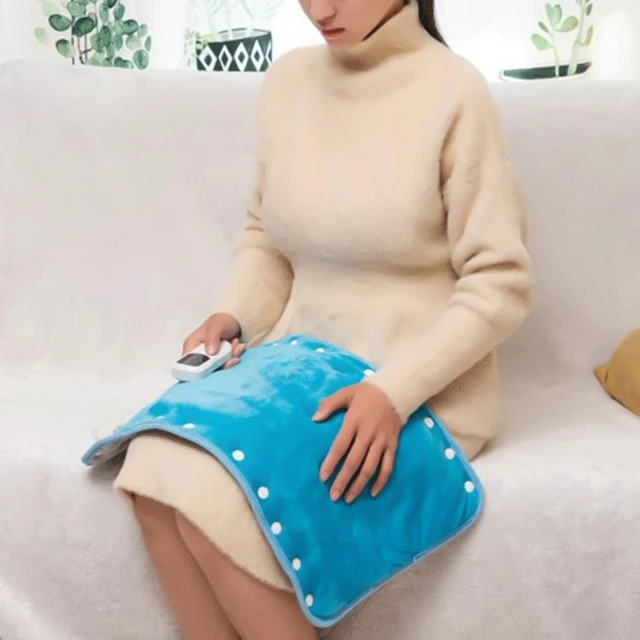How can heating pad burns be treated at home?
Introduction
If you have experienced a heating pad burn, prompt and appropriate treatment is essential for proper healing and to minimize the risk of infection. While severe burns may require medical attention, mild to moderate heating pad burns can often be treated at home. This guide will provide specific insights into treating heating pad burns at home, including immediate first aid, wound care, pain management, and when to seek medical assistance.
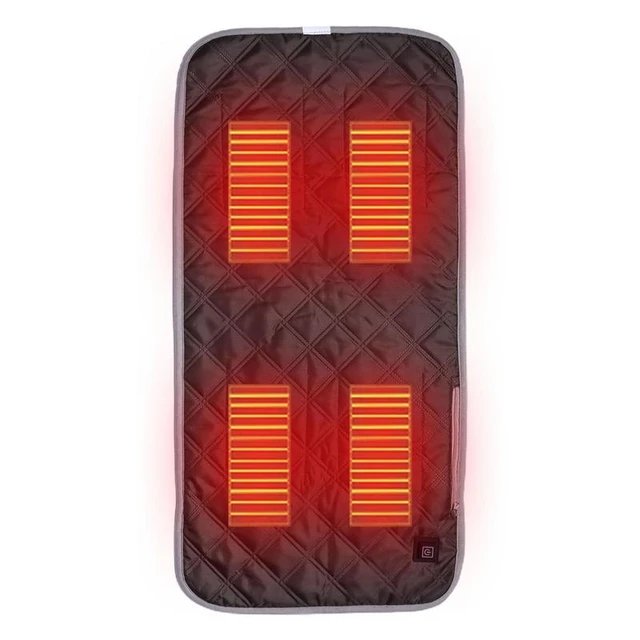
How can heating pad burns be treated at home?
Immediate First Aid
1.1. Cool the Burn
The first step in treating a heating pad burn is to cool the affected area. Rinse the burned skin gently under cool (not cold) running water for several minutes. Alternatively, apply a cool, damp cloth to help soothe the burn and reduce pain.
1.2. Remove Constricting Items
If the burn is on an area of the body with constricting items such as jewelry or tight clothing, remove them immediately to prevent further irritation or constriction.
1.3. Avoid Home Remedies
Avoid applying home remedies such as butter, toothpaste, or oil to the burn. These substances can trap heat, worsen the burn, and increase the risk of infection.
Wound Care
2.1. Cleanse the Burn
After cooling the burn, cleanse the area gently with mild soap and water. Be careful not to scrub the burn, as this can further damage the skin.
2.2. Apply an Antibiotic Ointment
To prevent infection, apply a thin layer of over-the-counter antibiotic ointment, such as Bacitracin or Neosporin, to the burn. This can help protect the wound and promote healing.
2.3. Cover the Burn
Cover the burn with a sterile, non-stick dressing or a clean, dry cloth. Avoid using adhesive bandages directly on the burn, as they may stick to the wound and cause further damage when removed.
2.4. Change Dressings Regularly
Change the dressing daily or as needed, ensuring the burn remains clean and protected. If the dressing becomes wet or soiled, replace it immediately.
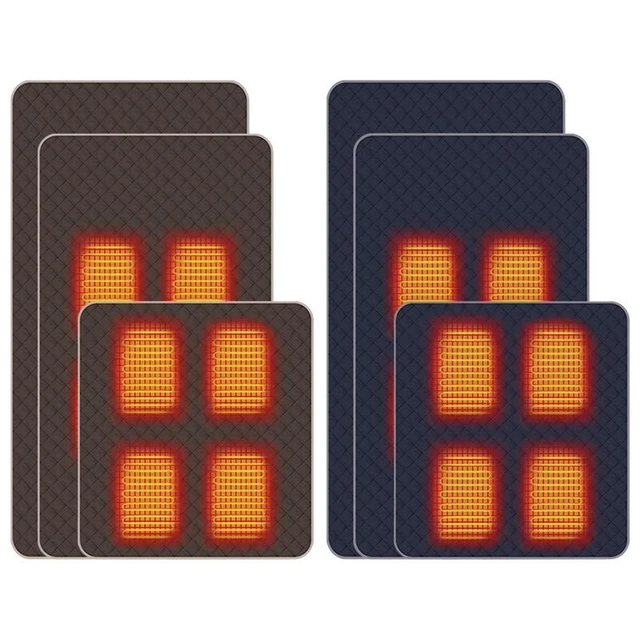
Pain Management
3.1. Over-the-Counter Pain Relievers
To manage pain associated with the burn, consider using over-the-counter pain relievers such as acetaminophen or ibuprofen. Follow the recommended dosage instructions and consult a healthcare professional if you have any concerns.
3.2. Topical Pain Relief
You may find relief from mild pain by applying over-the-counter topical pain relief creams or gels that contain ingredients such as menthol or lidocaine. Follow the product instructions for proper application.
3.3. Cool Compresses
Applying cool compresses, such as a clean cloth soaked in cool water, to the burn can provide temporary pain relief and reduce inflammation. Ensure the compress is not too cold to avoid further discomfort.
Monitoring and Self-Care
4.1. Observe for Signs of Infection
Monitor the burn for signs of infection, such as increased redness, swelling, warmth, or the presence of pus. If you suspect an infection, seek medical attention promptly.
4.2. Keep the Burn Clean and Dry
To promote healing and prevent infection, keep the burn clean and dry. Avoid exposing the burn to excessive moisture or soaking it in water, as this can delay healing and increase the risk of infection.
4.3. Avoid Picking or Popping Blisters
If blisters form as a result of the burn, refrain from picking or popping them. Blisters serve as a protective barrier that prevents infection. Allow them to heal naturally, and cover them with a sterile dressing.
4.4. Protect the Burn from Sun Exposure
Once the burn begins to heal, protect the affected area from direct sunlight to prevent further damage. Use sunscreen or cover the area with clothing when going outside.
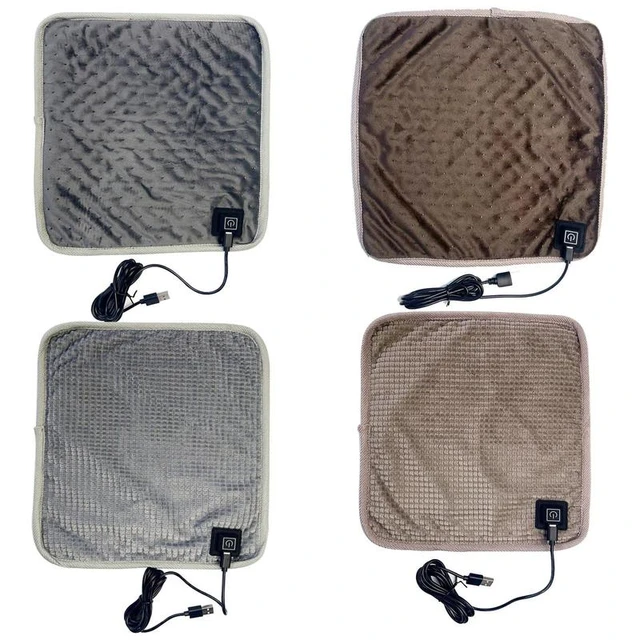
When to Seek Medical Assistance
5.1. Severe or Deep Burns
If the burn is severe, covers a large area, or is deep (reaching multiple layers of skin), seek immediate medical attention. These burns may require specialized care, such as advanced wound management or possible skin grafting.
5.2. Signs of Infection
If the burn shows signs of infection, such as increasing pain, redness, swelling, or the presence of pus, consult a healthcare professional. Prompt medical attention is necessary to prevent the spread of infection.
5.3. Persistent Pain or Worsening Symptoms
If the pain persists or worsens despite home care, or if you notice any concerning changes in the burn, it is advisable to seek medical advice. A healthcare professional can assess the burn and provide appropriate guidance.
Prevention Tips
6.1. Temperature Control
To prevent heating pad burns, always set the temperature to a comfortable and safe level. Avoid using high heat settings that can increase the risk of burns.
6.2. Time Limit
Adhere to the recommended time limits for heating pad use to prevent prolonged exposure to heat and reduce the risk of burns.
6.3. Insulation and Barrier
Always place a thin cloth or towel between the heating pad and your skin to provide insulation and protect against direct contact and burns.
6.4. Regular Inspection
Inspect your heating pad regularly for any signs of damage or wear, such as frayed wires or exposed heating elements. Replace the heating pad if any issues are detected.
6.5. Quality Product
Invest in a quality heating pad from a reputable manufacturer to ensure safety and reliability. Avoid purchasing cheap or counterfeit products that may not meet safety standards.
6.6. Supervision
Never leave a heating pad unattended, especially in the presence of children or pets. It is crucial to supervise the use of heating pads at all times.
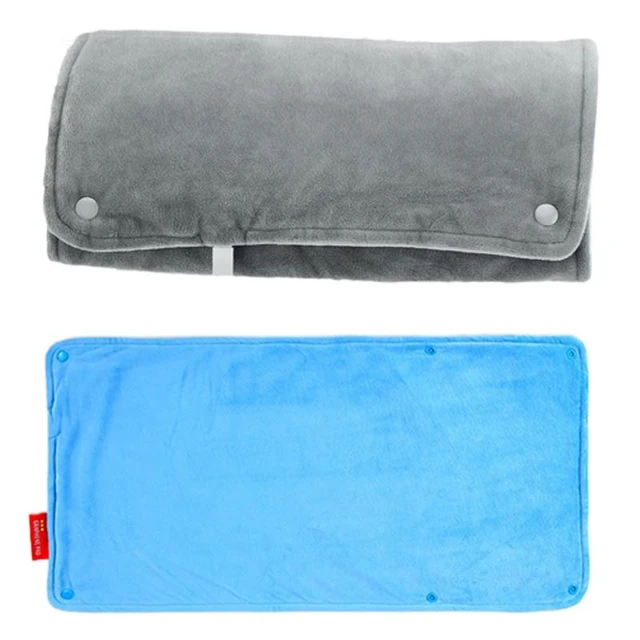
Seeking Professional Advice
7.1. Severe Burns
If you experience a severe burn that covers a large area or shows signs of deep tissue damage, seek immediate medical attention. Severe burns may require specialized care and treatment.
7.2. Signs of Infection
If you notice signs of infection, such as increased redness, swelling, warmth, or the presence of pus, consult a healthcare professional. Prompt medical attention is necessary to prevent complications.
7.3. Persistent Pain or Concerns
If you have persistent pain, worsening symptoms, or concerns about the burn, it is advisable to seek medical advice. A healthcare professional can assess the severity of the burn and provide appropriate treatment.
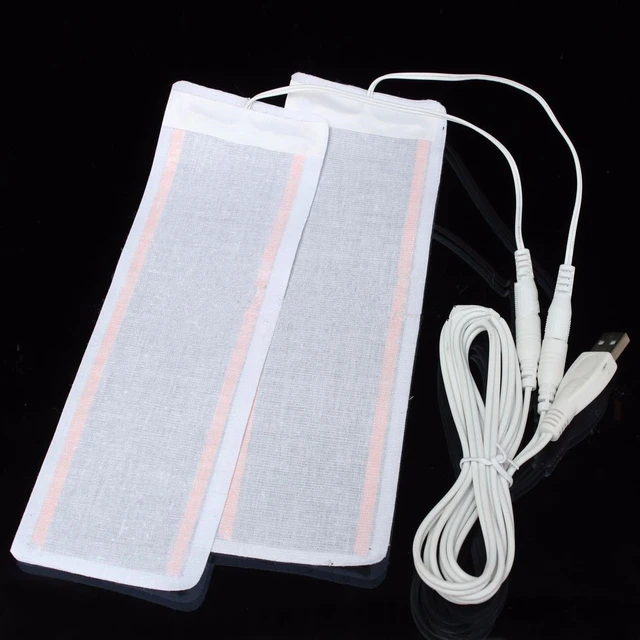
Conclusion
Treating heating pad burns at home involves immediate first aid, proper wound care, pain management, and self-monitoring. Cooling the burn, cleansing the area, and applying antibiotic ointment are crucial steps in the initial treatment. Dressing the burn with sterile dressings and changing them regularly helps protect the wound. Over-the-counter pain relievers, topical pain relief, and cool compresses can aid in pain management. Close observation of the burn for signs of infection and practicing good self-care are essential. Seek medical assistance for severe burns, signs of infection, or if symptoms worsen or persist. By following these home treatment measures and seeking medical advice when necessary, heating pad burns can be effectively managed and healed.
